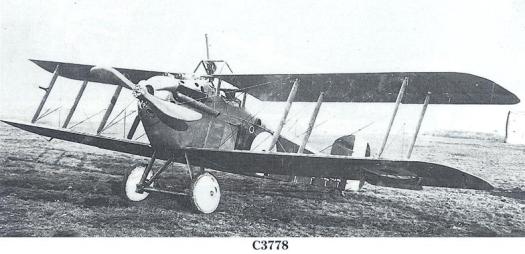42 Squadron RAF were on the move for the last time before both the Squadron and Greg returned to the UK. Today, as part of the move, Greg flew RE8 2872 from Saultain to Abscon Aerodrome, accompanied by sandbags in the observer’s compartment. It was to be his penultimate flight.
Log Book

![]()
Date: Dec 30th Machine Type: RE8 RE8: 2872 Observer: Sandbags Time: 15 min Height: 2000 Course/Remarks: Travelling to Abscon
42 Squadron Moves to Abscon Aerodrome
In their last move on the Western Front, 42 Squadron relocated 12 miles (19km) west from Valenciennes, broadly in the direction of Arras.

So now they were back west of the River Scheldt (Escaut).
The aerodrome occupied a triangular site on the southern edge of the small town of Abscon.

From 1914 it was a German airfield. But had been in Allied hands since its liberation by Canadian forces on 18 October 1918. This was the day after the liberation of Lille. The first RAF occupants were 19 Squadron (Dolphins), who moved in on 24 October 1918 and were still there when 42 Squadron arrived. So it is possible that the previously discussed photograph of a Sopwith Dolphin in Greg’s collection was taken when 19 and 42 Squadrons shared Abscon as a home:
98 Squadron (DH.9s) arrived shortly after 19 Squadron had taken up residence, but left a few days before 42 Squadron arrived.
Thanks to Anciens Aerodromes for the squadron information.
Today, the former aerodrome at Abscon is partly a housing development, and partly farmland.


Abscon
Abscon itself was a small mining town, with various other industrial activities (including a sugar refinery and a glassworks, according to French Wikipedia). Just before the outbreak of the First World War the population was a little over 3,000. Today it is about 4,500.






 Warbird Tails
Warbird Tails